Well, simply put, it's simple. In this recipe, I use a store bought dry rub called "Barbecue Magic" from Chef Paul Prudhomme. It's great on almost any BBQ meat. If you are ambitious, you can make your own dry rub according to my NC rub recipe.
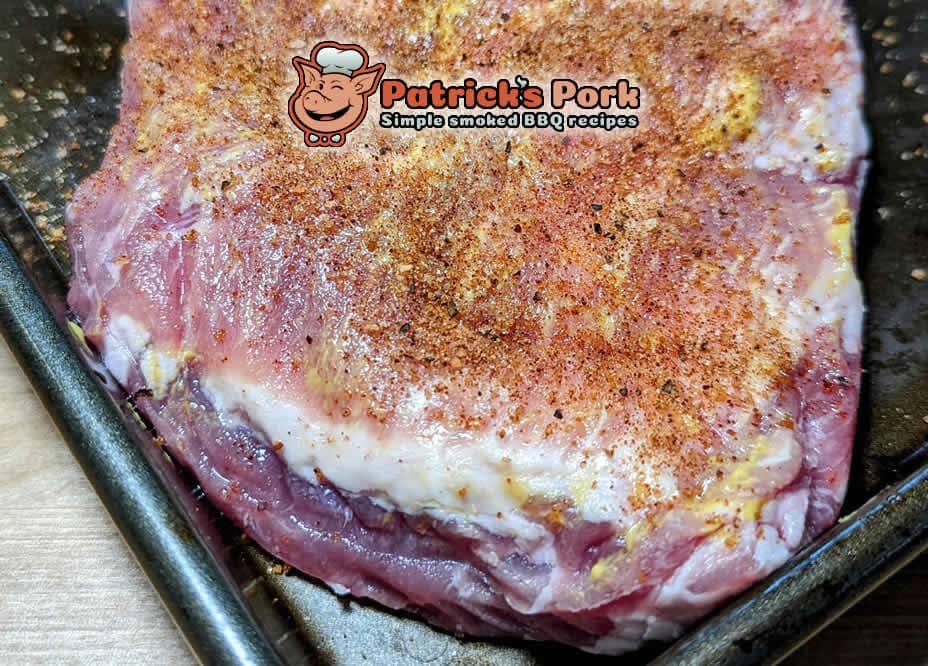
I have cooked using this simple rib recipe dozens of times! My recipe makes perfect smoked ribs using my simple smoker-to-oven process. Note, because this is a shorter smoke, I recommend using wood pellets versus chips. They tend to start producing good smoke earlier in the cooking session.
What you'll need: Pork ribs, mustard, dry rub, can of soda, wood pellets, heavy duty foil, cutting board and sharp knife!
How to smoke pork ribs:
* The soda will convert to steam when it reaches a temperature of 212°F.
The history of BBQ pork ribs in the United States is closely interwoven with the development of "barbecue culture" and its regional variations. Originating from ancient cooking practices of slow-roasting meats over open flames, barbecue took shape during the colonial era when early colonists in the South adopted and refined these methods, often focusing on pork due to its abundance. African Americans brought their expertise in slow-cooking techniques and spices, significantly influencing American barbecue, especially pork ribs.
The heart of American BBQ culture settled in the South, where BBQ became staples at social gatherings, political rallies, and church events in the 19th century. Distinct regional styles emerged, with Carolina favoring vinegar-based sauces, Kansas City famous for its sweet and tangy tomato-based sauces, Memphis specializing in dry-rubbed ribs, and Texas offering a simple spice rub and smoking method.
In the 21st century, BBQ pork ribs continue to thrive and evolve. Barbecue competitions, TV shows, and food festivals have popularized the art of barbecue, encouraging innovation in flavors, sauces, and cooking methods. Today, BBQ pork ribs remain a beloved American dish, savored in homes, restaurants, and barbecue festivals nationwide. The rich history of BBQ pork ribs in the US reflects the country's diverse culinary heritage, blending traditions and regional influences into an iconic and flavorful culinary experience.
Pork ribs come in several cuts, the most common include:
In competition barbecue, achieving the perfect doneness for pork ribs is crucial. These methods help judges determine whether the ribs are cooked to the ideal texture and tenderness:
Competitors in barbecue competitions strive to balance these two factors to create ribs with the perfect combination of a gentle tug and a pleasant chew. Achieving this balance requires precise cooking techniques, including maintaining the right temperature and cooking duration.
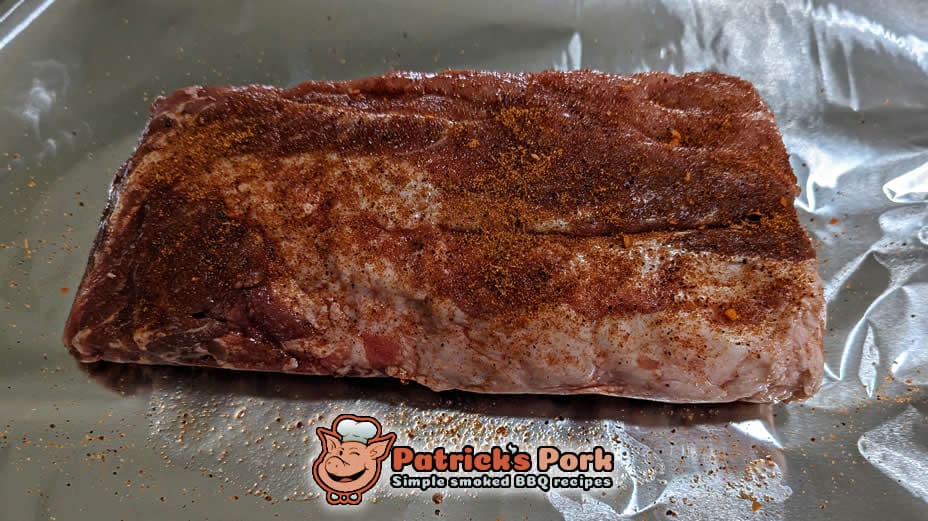
Patrick's BBQ tips:
Try using Pecan wood for your next smoke.
Pecan wood has a slightly sweet and nutty flavor with a rich
smokiness. Pecan is "smokier" than other fruit woods (like apple),
but more mild than hickory or mesquite.
Learn the Language: Understanding the
language of BBQ will help make
you a better pitmaster.
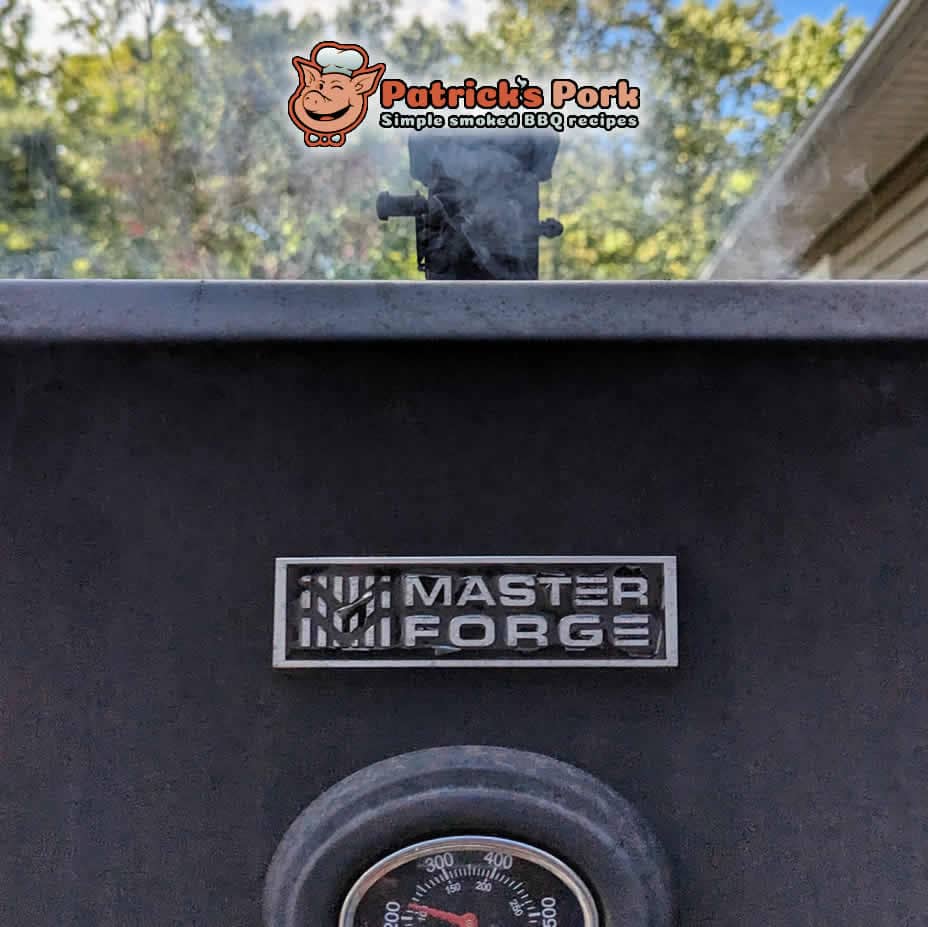
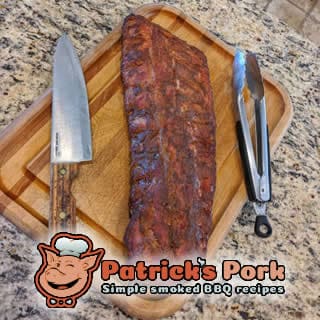
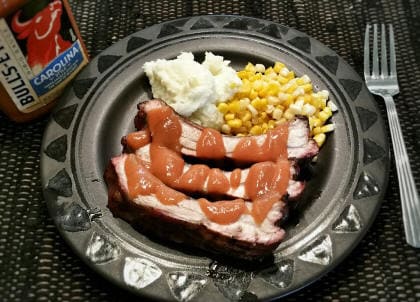
Here are some regional styles of pork barbecue, including Carolina, Kansas City, Memphis, and Texas BBQ.
Pulled Pork • Pork Ribs • Pork Loin • Hot Dogs • BBQ Dry Rub • Deep Fried Pork Tenderloin